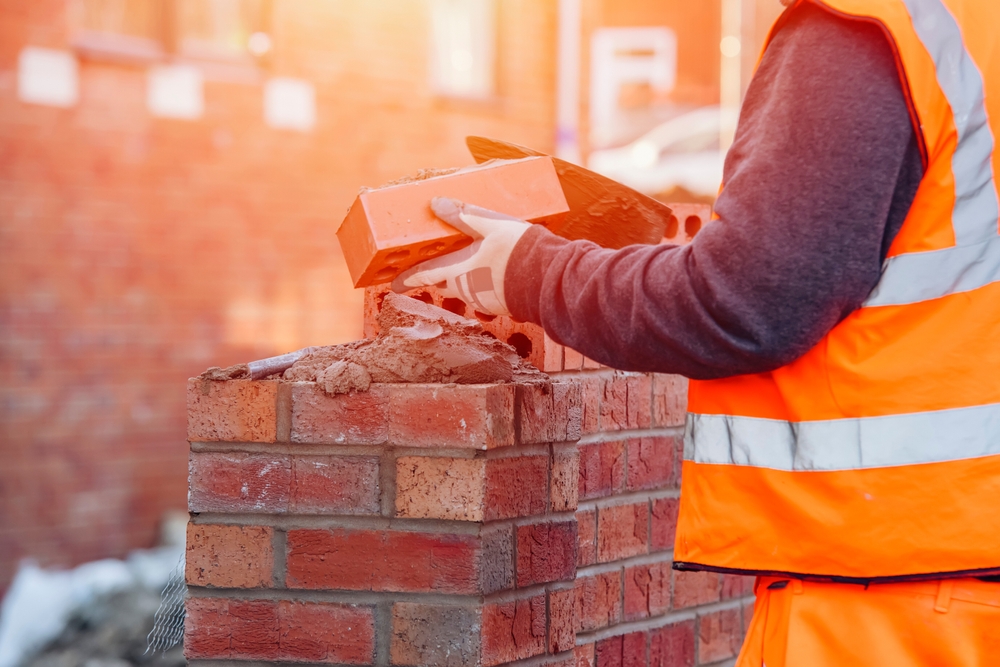

Councils will have to review their green belt for new homes if needed and prioritise the ‘grey belt’, which the government has defined as “land on the edge of existing settlements or roads, as well as old petrol stations and car parks”.
The reforms will also make explicit that the default answer to brownfield developments should be “yes”, and promote homebuilding at greater densities in urban centers, like towns and cities.
This reverses the decision last year to water down housing targets and make them advisory, at a time when planning permissions were at a record low .
Deputy prime minister, Angela Rayner, said: “Our decisive reforms to the planning system correct the errors of the past and set us on our way to tackling the housing crisis, delivering 1.5 million homes for those who really need them.
“And something I am personally proud of, our new flexibilities for councils will boost the number of social and affordable homes, and give working families a better route to a secure home.”
Right to buy changes will give councils flexibility to build and buy more social homes, while details of future government investment in social and affordable housing at the next spending review will help deliver “the biggest increase in affordable housebuilding in a generation”.
Land released in the green belt will be subject to the government’s ‘golden rules’ for developments to deliver 50% affordable homes, increased access to green spaces, and put the necessary infrastructure in place such as schools and GP surgeries.
Councils will also be required to consider the proximity of new homes to existing transport infrastructure, while land that is safeguarded for environmental reasons will continue to be protected in all cases.
Furthermore, the method used to calculate housing targets – which relied on decade old data – will be updated to ensure development is proportionate to the size of existing communities and add an extra level of ambition in the most unaffordable areas.
This comes after a survey commissioned by IEMA earlier this year found that three in five adults think there should be more, not less, public involvement in the planning system.
The government has promised to intervene where necessary to speed up housebuilding, however, IEMA CEO Sarah Mukherjee MBE warned against watering down public oversight and environmental protections.
“Sensible planning reform can unlock the potential of the green economy, accelerating low-carbon infrastructure and the development of new homes that are consistent with net-zero carbon reduction targets under a Future Homes Standard,” she said.
“But any reforms need to ensure the planning system continues to balance economic growth, the needs and rights of local people, and importantly, environmental risk.”
Image credit: Shutterstock